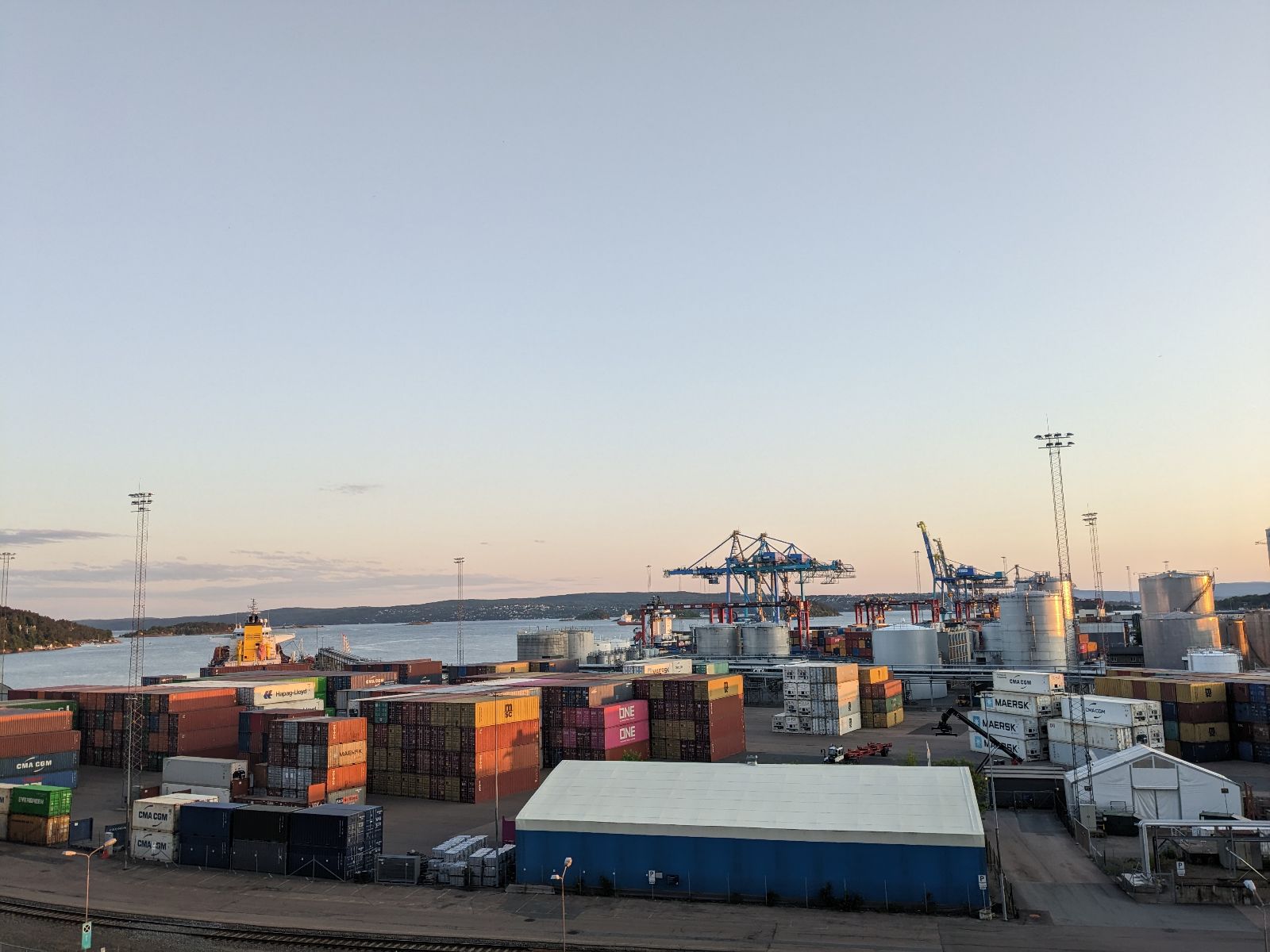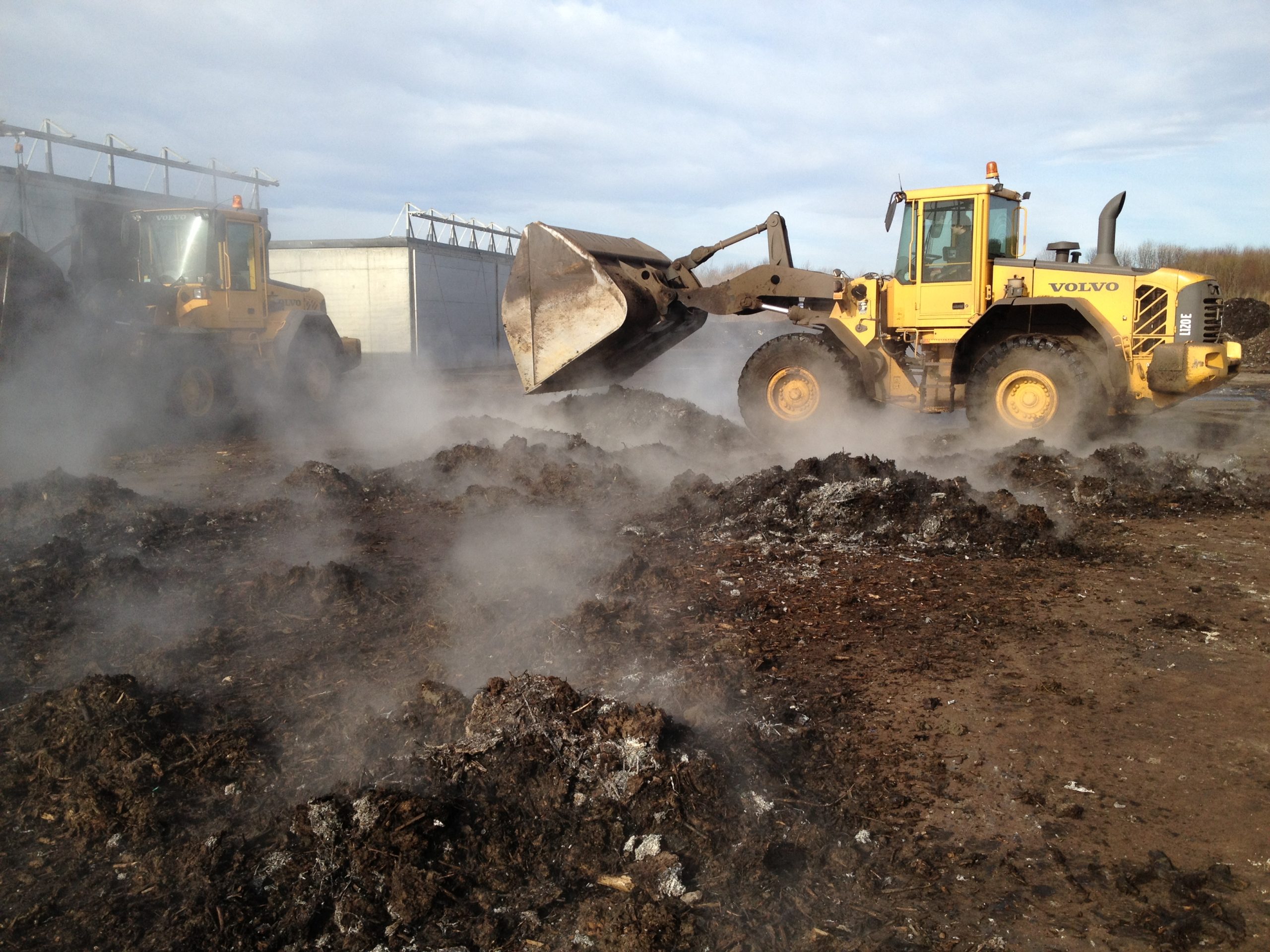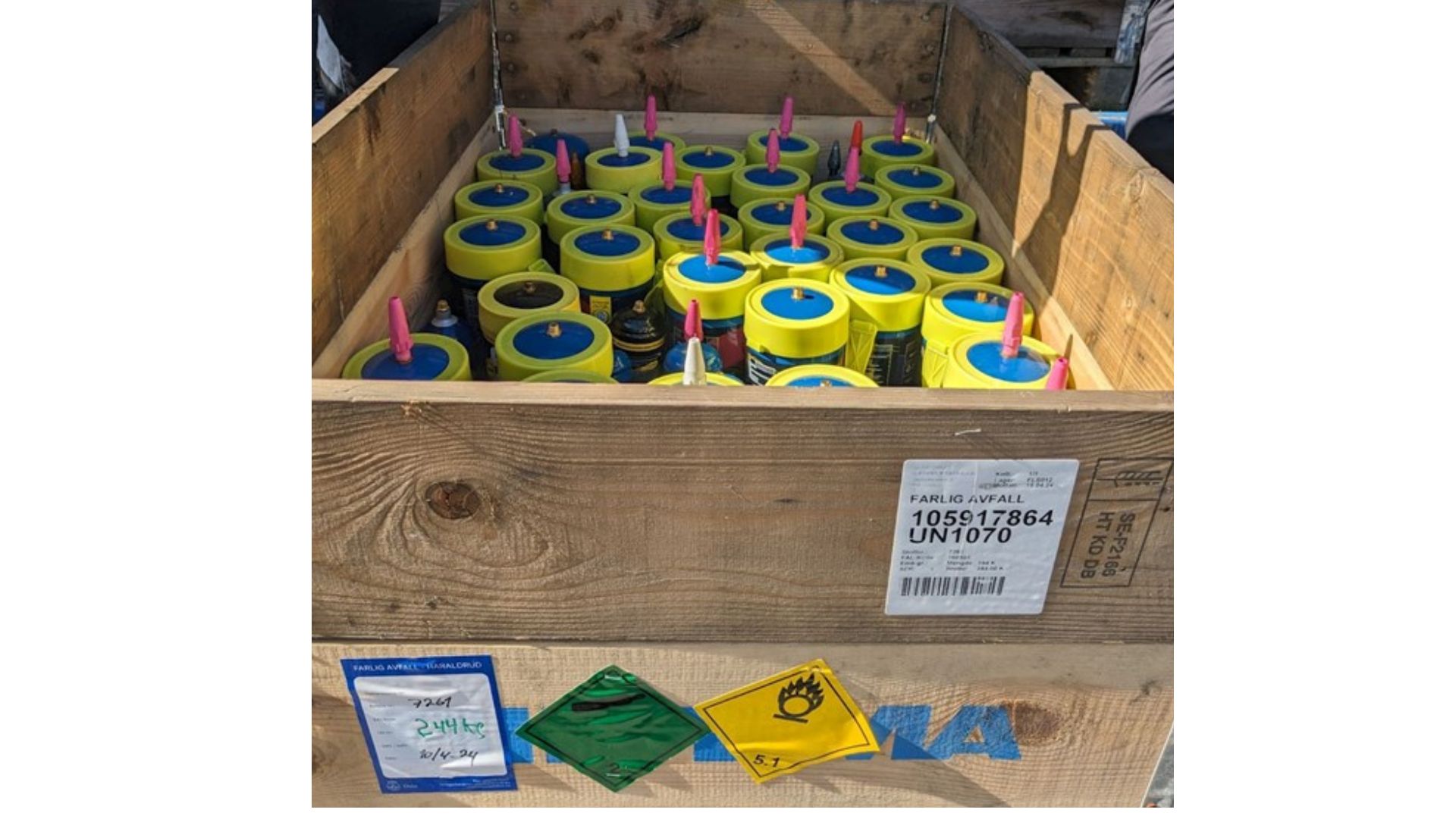Prosjektet «Kysttransport 3 – Sirkulære verdikjeder,» som har vært støttet av Klimasats, er en oppfølging av tidligere prosjekter initiert av Oslo Havn (Kysttransport 1 og 2). Målet med dette prosjektet har vært å styrke samarbeidet mellom havner og avfallsbesittere og utforske mulighetene for sjøbasert logistikk, med sikte på å redusere klimautslipp og øke materialgjenvinning av avfall.
In the project, development trends for five waste fractions have been investigated: wood (clean and treated), gypsum, plastic waste, organic waste, and residual waste for incineration. All of these are types of waste expected to be affected by new requirements. Additionally, the project has highlighted these changes and illuminated the opportunities through three cases in Oslo, Harstad, and Vadsø.
New requirements for source sorting and material recycling are changing the material flows of waste. The amount of residual waste for incineration from households and service industries is expected to be reduced by 613,000 tons annually by 2035. The volume is shifting from residual waste to other types of waste, affecting transportation needs. While residual waste primarily goes by road to incineration plants in Norway and Sweden, waste for material recycling will go to other destinations. There may be a need for more transshipment and longer-term storage of waste. This will affect the space requirements in Norwegian municipalities going forward.
The role of coastal transport and ports as a prerequisite for transitioning to a more circular economy must be strengthened and better communicated. As this report highlights, maritime transport can significantly reduce CO2 emissions from waste transportation. The municipality has a unique role as both a waste holder and port owner to address the need within the community. For medium-sized and smaller municipalities, collaboration on logistics and shared waste hubs can simplify and save costs for waste management. Shared hubs can ensure larger loads, better utilization of return transport, and energy-efficient transportation. Rødskjær business park and port in Harstad municipality are a good example of such development where several major waste players in Northern Norway have established themselves in the area.
Norwegian municipalities need increased expertise on how the circular economy is changing transportation needs and how municipalities can use their planning authority. There is a need for a national guide for municipalities that considers the spatial requirements and flexibility necessary in the transition to a circular economy. Additionally, there is a need for better and more accessible statistics that include indicators for logistics, transportation, and areas for waste management purposes. Therefore, a key message in the project is that new statistics for the circular economy and statistics for the import and export of green-listed waste and reportable waste must be coordinated.
In the project, participants have included representatives from Hålogaland Ressursselskap, Harstad Port, Waste and Recycling Agency in Oslo, Oslo Port, Vadsø Municipality, Vadsø Port, Waste and Resources, and Norwegian Ports (Samfunns-bedriftene), Waste Norway, and Coastal Shipping Companies. Additionally, the project has coordinated with Narvik Port's project "Circular Port Initiative."
The report is available for download here.




